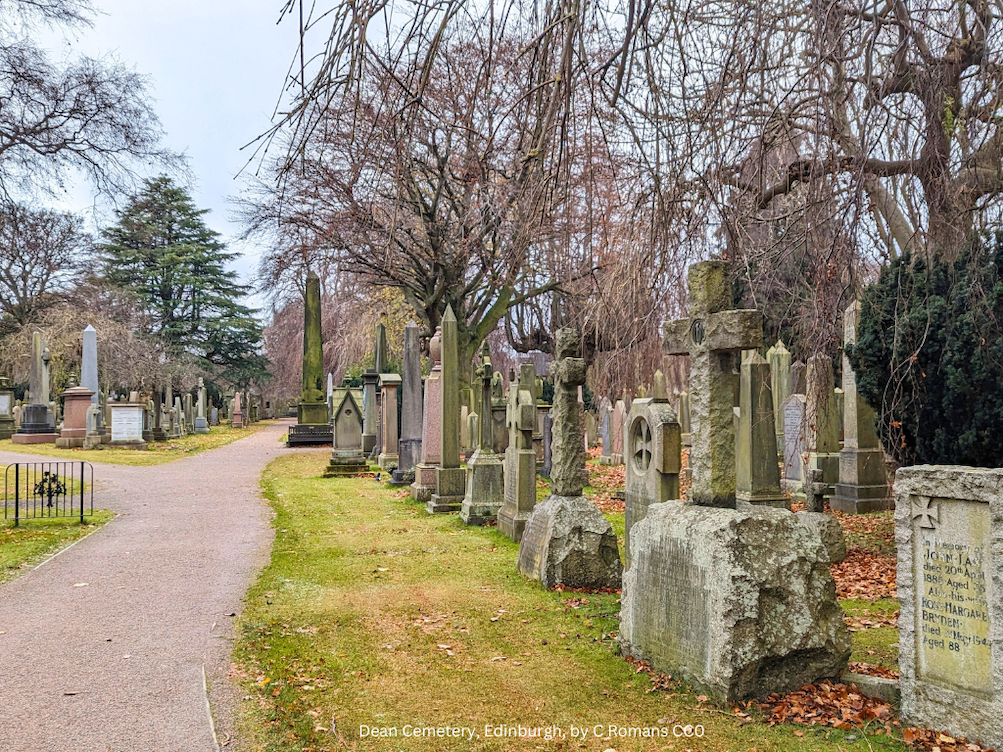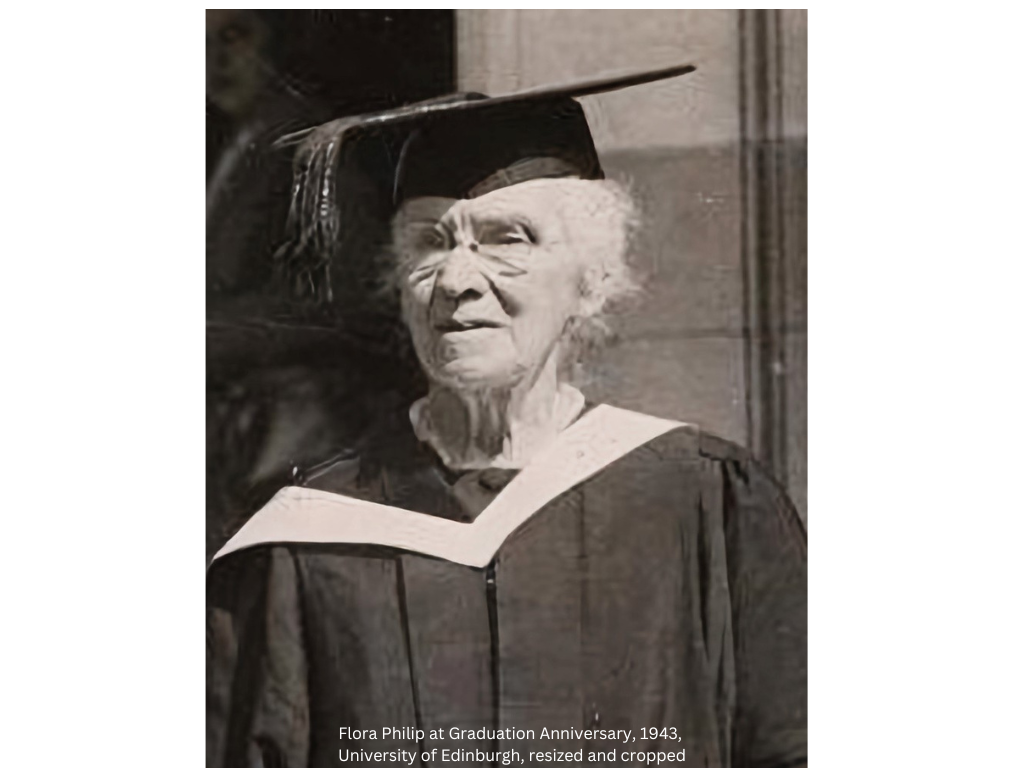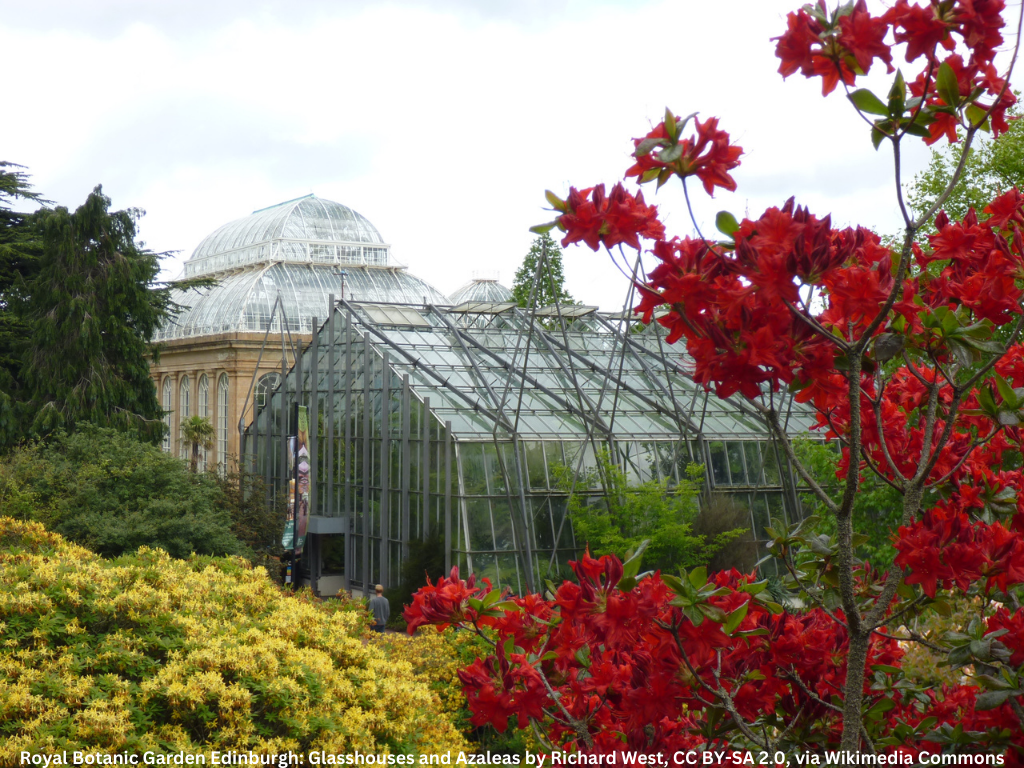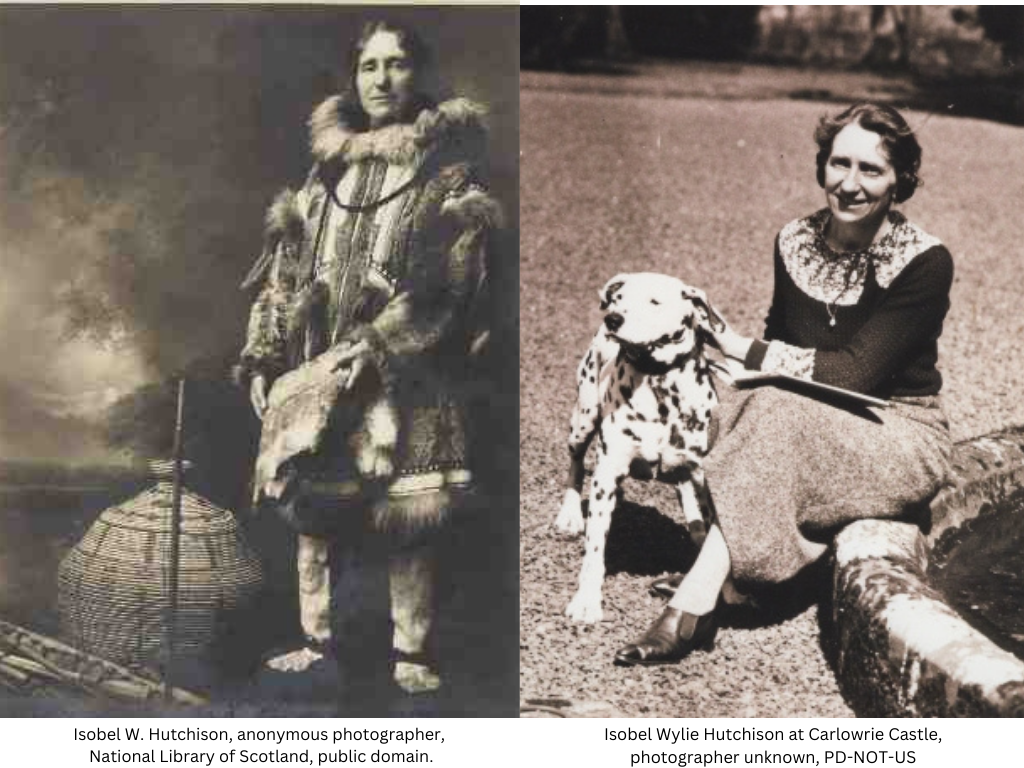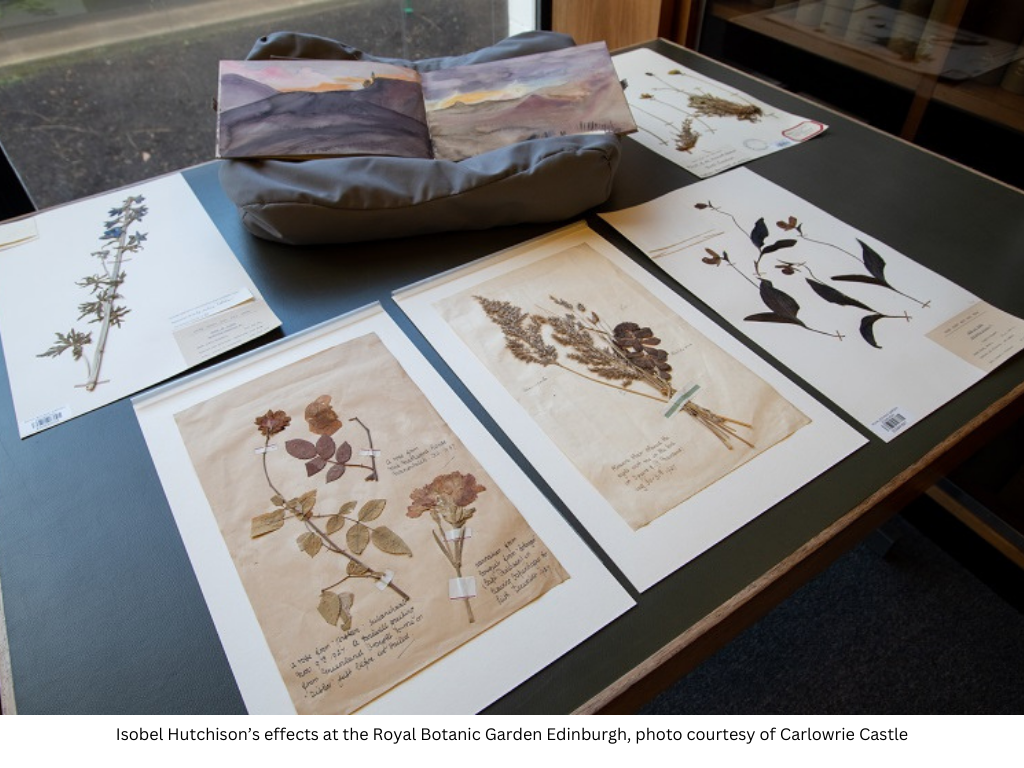53 Northumberland Street, Edinburgh, EH3 6JQ
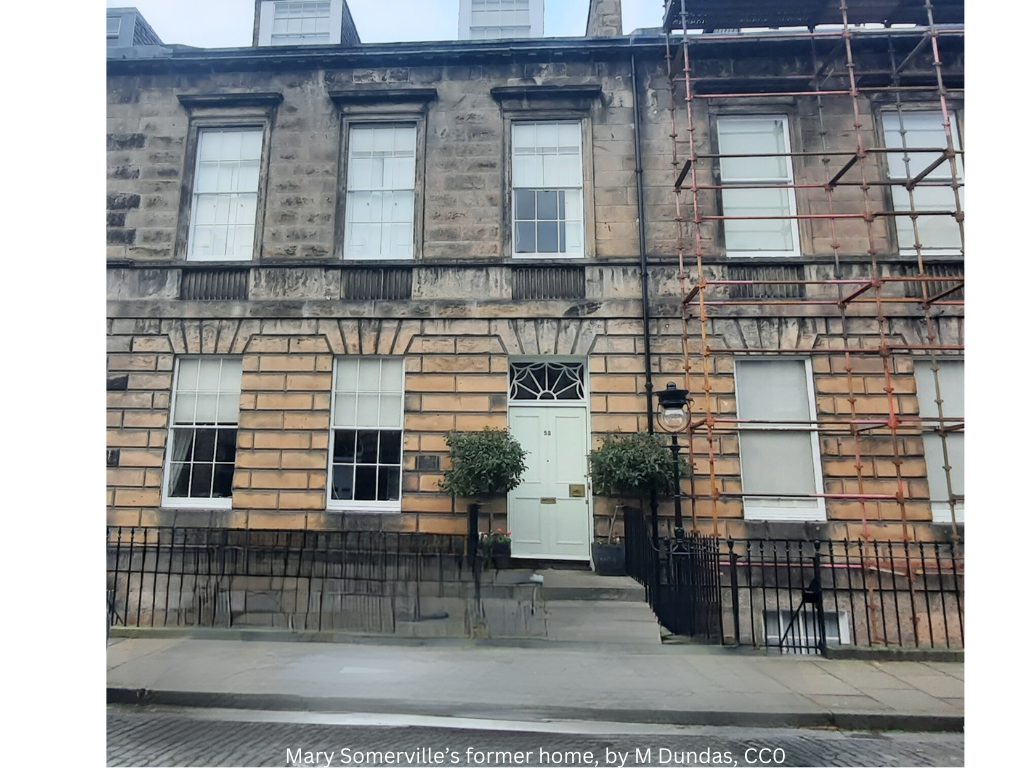
Mary Somerville (1780 – 1872) was a Scottish mathematician and astronomer, and one of the first two women to become an Honorary Member of the Royal Astronomical Society, alongside Caroline Herschel. She was one of the first to suggest the existence of Neptune, and she famously tutored Ada Lovelace, who became the “mother of modern computing”. Somerville wrote many successful journal articles and books in her lifetime, one of which, On the Connexion of the Physical Sciences, was its publisher’s most successful science book until Darwin’s On the Origin of Species. Somerville was the first person to ever be referred to as “scientist”, and her extensive contributions to academia are commemorated by this plaque, at the house where she lived in Edinburgh.



Book titles written by Somerville. Books image via Canva, remixed with titles.
Sources:
- “Mary Somerville.” Wikipedia, Wikimedia Foundation, 13 Nov. 2023
- “History of Scientific Women: Mary SOMERVILLE.” ScientificWomen.Net. Accessed 16 Sept. 2023.
- Winterburn, Emily. “Mary Somerville: The Life of the Scottish Scientist.” BBC Sky at Night Magazine, BBC, 30 Nov. 2020.
Additional links:
- Somerville’s portrait by Thomas Phillips on display at the Scottish National Portrait Gallery
- Mary Somerville: Queen of Science, Dangerous Women Project
- Mary Somerville: the life of the Scottish scientist, BBC Sky at Night Magazine
- Mary Somerville: an appreciation, Burntisland Heritage Trust

